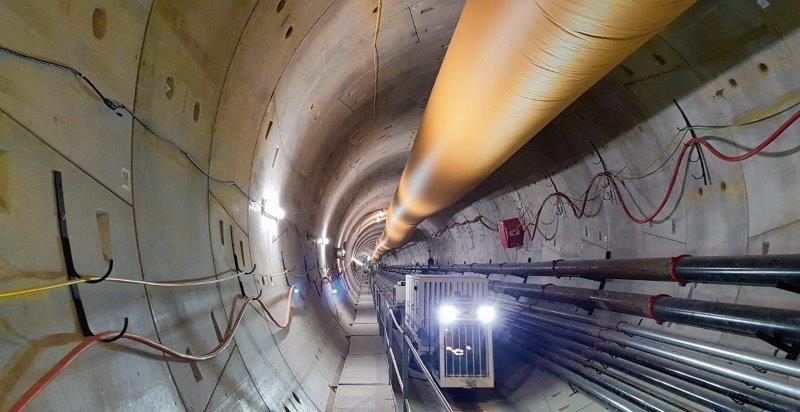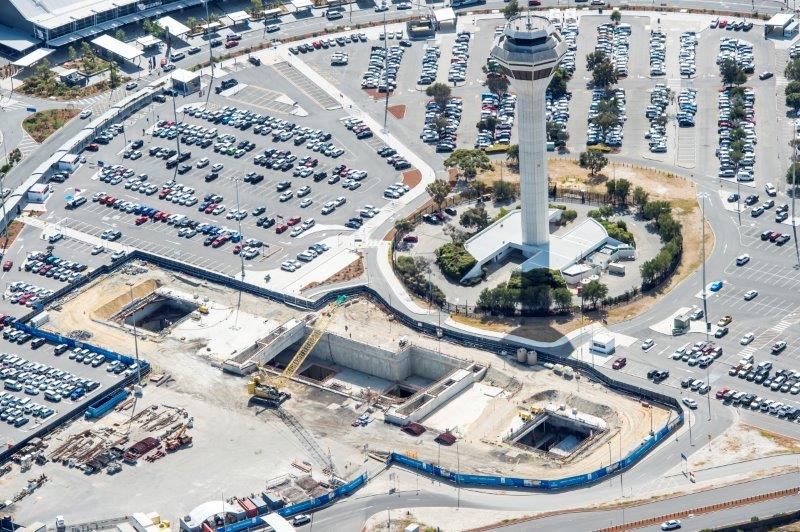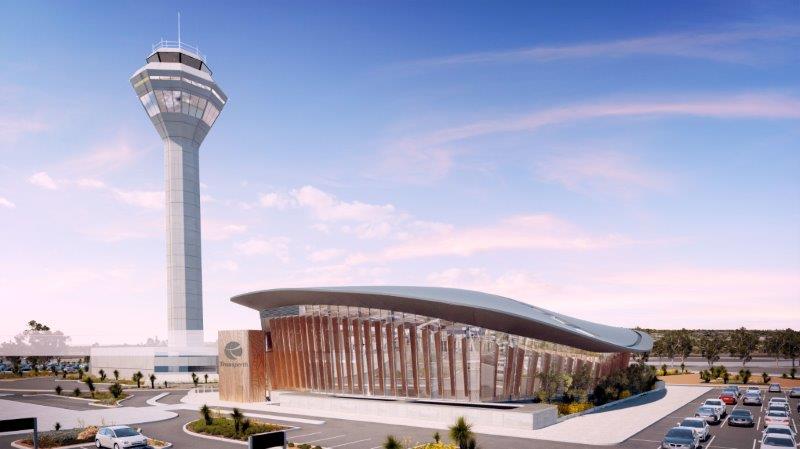This project by PTA, Salini Impregilo, NRW and GHD has achieved an Excellent Design v1.0 IS Rating.
OVERVIEW
The $1.86 billion Forrestfield-Airport Link is jointly funded by the Australian and Western Australian governments and will deliver a new rail service to the eastern suburbs of Perth – with three new stations at Redcliffe, Airport Central and High Wycombe.
The rail link forms part of the METRONET vision to create liveable communities connected by world class public transport. The line will spur off the existing Midland Line near Bayswater Station and run to High Wycombe through twin-bored tunnels.
The project’s new rail services will fully integrate with the Transperth bus and train network, allowing a 20-minute rail journey into the Perth CBD from High Wycombe Station, as well as improved bus connectivity for the eastern suburbs, foothills and surrounding community. Redcliffe and High Wycombe stations will have rail-bus interchanges and 1700 new car parking bays.
In April 2016 the Public Transport Authority awarded the design, construct and maintenance contract to Salini Impregilo (Webuild) – NRW Joint Venture.
The Forrestfield-Airport Link project is due to be completed in the first half of 2022. Once operational the rail link will:
- increase public transport options for the eastern suburbs and foothills area
- create additional capacity on the Midland Line to meet the growing passenger need
- support domestic and international tourism with improved access between the city and Perth Airport
- drive residential and commercial development around the new stations at Redcliffe, Airport Central and High Wycombe
- relieve pressure on Perth’s roads.
Sustainability has been identified as one of the State Government’s key attributes of the Forrestfield-Airport Link project. By extending the public transport network, the Project will make a positive contribution towards sustainable development in reducing vehicle use by commuters as well as improving the liveability, connectivity, and amenity for current and future residents in the eastern suburbs.
In July 2018 the project achieved an Excellent Design v1.0 IS Rating.
Sustainable outcomes
- The majority of the alignment is underground in twin bored tunnels leading to better environmental outcomes, including less drawdown on the water table, fewer vegetation disturbances and reduced noise and vibration during construction and operation of the rail line.
- Station solar panels will result in a reduction of approximately 400,000 kWh per year, which is the same amount of electricity used by 56 Perth households per year.
- Concrete mixes were specifically tailored for the project’s needs and have maximised the amount of recycled materials used. In some instances, up to 65 per cent of Portland cement has been replaced with waste from other industries.
- The project’s design features new technologies and innovative aspects to ensure the safety of both passengers and staff throughout operation. This includes the use of a Fixed Earthing Device. The device allows the network to be isolated remotely and quickly, thereby removing the need for staff to undertake this onsite in a potentially hazardous situation.
- Ground freezing was undertaken to install cross passages, reducing jet grouting requirements, thereby minimising materials. Ground freezing also allowed for less intrusion above ground. Additionally, this technique only results in a temporary freeze to groundwater, rather than a permanent amount of concrete injected into the groundwater table.
- Offsets established for the project include the delivery of 12.4 ha of protected TEC and 29 individuals of Conospermum undulatum, and funding to continue protecting an existing population of an additional 1500 undulatum. These measures offset the 1.6ha of TEC SCP 20a and 25 individuals of C. undulatum impacted by the project.
- Sustainable water sourcing has occurred from the outset of the project’s construction. Consideration of factors including set-up costs, haulage requirements, and the groundwater quality available at each site location resulted in non-potable groundwater being used for all construction activities. In cases where water quality was not adequate, water was processed in an RO Plant on site to enable its use in the grouting plant and the tunnel boring machines.
Website
To find out more about this project, visit the project’s website www.forrestfieldairportlink.wa.gov.au



